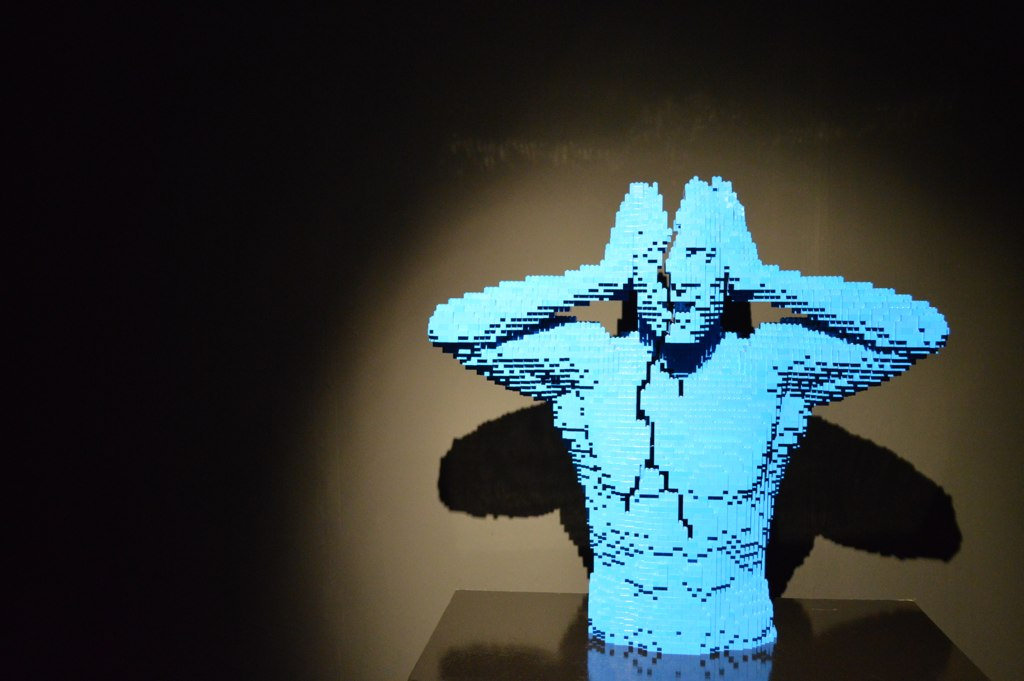
Imagine a searing hot metal spike stabbing its way into your eye and remaining there for up to three hours. This is how many people have described pain associated with cluster headaches. Like migraines, cluster headaches are a chronic neurological condition; but unlike migraines, they can occur up to eight times per day, last anywhere from a few minutes to a few hours and are hugely underrated. Cluster headaches go by many descriptions, including “the worst pain known to medical science” and “the worst pain known to humans”. While these descriptions may be slightly romanticized, cluster headaches didn’t get the nickname “suicide headaches” for no reason. Many individuals who suffer from them experience pain so severe, they feel the only way to escape the torment is by taking their own life.
You may be also interested in: What is a cluster headache?
Cluster Headaches
The condition gets its name from the nature in which pain presents – in cluster-like patterns that arise one or several times daily, often at the same time each day for a period of days that can extend for weeks or months. They tend to be extremely systematic and routine, with breaks between clusters that can last 30 days or more. For patients with severe cluster headaches, breaks may be far less or non-existent.
The condition wasn’t recognized by modern science until the 20th century, but cases of cluster headaches can be traced back to the 17th century. According to the World Health Organization, they currently affect about 1 in 1,000 adults. Certain factors are thought to induce attacks, including:
- Alcohol
- Histamines
- Nitroglycerin
- Changes in sleep
- Environmental changes
- Changes in stress
- Smoking
- Family history
Who Gets Cluster Headaches?
Cluster headaches typically afflict adults in their 20’s or older but have been identified in children as young as 6-years old. Sadly, they are often misdiagnosed as migraines and can remain a debilitating ailment for the rest of a sufferer’s life. The anticipation of years of extremely painful episodes is a horrific reality for cluster headache sufferers, hence the prevalence of suicide among the cluster headache community. However, cluster headaches have been shown to diminish over time or can disappear and remerge.
Symptoms
Cluster headache pain is concentrated around one eye or near the temple on one side of the face. The pain usually recurs on the same side but has been known to switch sides in some sufferers. Other symptoms include:
- Tearing or watering in the affected eye
- Face drooping
- Nasal congestion
- Runny nose
- Conjunctiva redness
- Sweating on one side of the face
- Change in pupil size of the affected eye
- Radiating pain along the forehead
Pain has been described as:
- Strong pressure
- Burning
- Sharp and excruciating
- A drilling sensation
- Like being shot in the face
Similar to migraines, cluster headache sufferers also experience extreme sensitivity to light, sound and odors, but pain does not increase with movement and in fact, many cluster headache sufferers become extremely restless during an attack.
The Cause
Because cluster headaches have received such little attention from modern science, we know very little about what causes them and how to treat them. It is believed that there is some link between cluster headache cycles and the hypothalamus, an area of the forebrain responsible for coordinating the autonomic nervous system and the functions of the pituitary, which controls thirst, hunger, body temperature and other homeostatic systems.
Diagnosis & Treatment
If the above-mentioned symptoms and descriptions sound like the type of pain you experience, it is imperative that you contact your physician and schedule an appointment. Diagnosing cluster headaches will begin with the collection of your medical history and a physical examination. Imaging tests like CAT scans and MRIs won’t show any indication of cluster headaches, but may be ordered to rule out other possible conditions. Upon diagnosis, you will undergo two routes for treatment: preventative care and relief. The most popular and effective forms of treatment include:
- Oxygen Therapy (administered by a face mask)
- Sumatriptan injection
- IV Dihydroergotamine
- Intranasal lidocaine
- Steroids
- Melatonin
- Radiofrequency lesioning of the trigeminal ganglion (which has many side effects
Learn more about treating a cluster headache: Treating A Cluster Headache
If you are diagnosed with cluster headaches, don’t lose hope. The condition is gaining more attention now than ever and research is being done to improve treatment. In addition to medication and therapy, neurostimulation devices have also emerged and show promising results.

Image Source: Matt Brown
